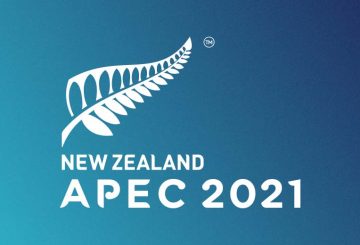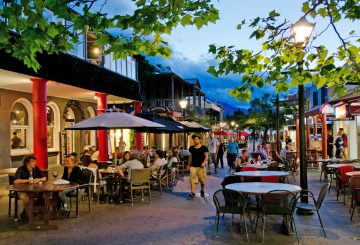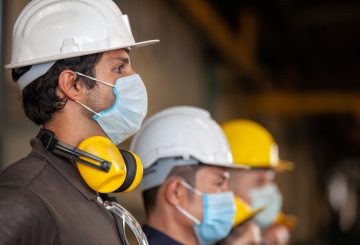Business News
World leading hydrogen power for New Zealand transport
Kia’s “Blue Carbon” project to improve coastlines

NZ company’s toothpaste sales surge in partnership with Chinese influencer

Fastest-growing company in New Zealand gives staff $10,000 each

New Zealand to “Host” APEC CEO Summit

Kiwi duo set to transform contactless payments

Hospitality New Zealand Welcomes Visa Extensions For Onshore Migrants

COVID-19: Business travel across Alert Level Boundaries

COVID-19: Face coverings at Alert Levels 2, 3 and 4

















































